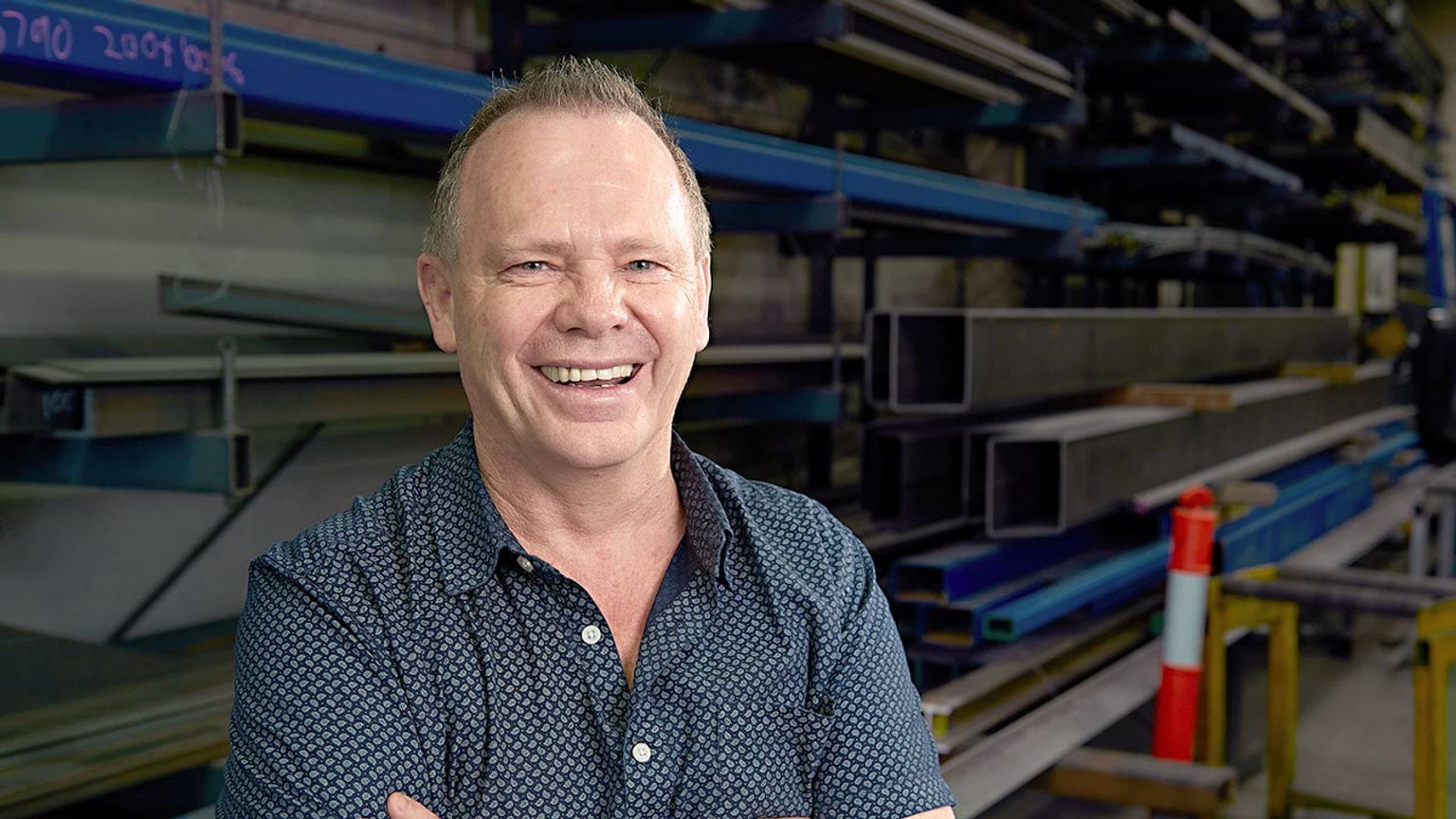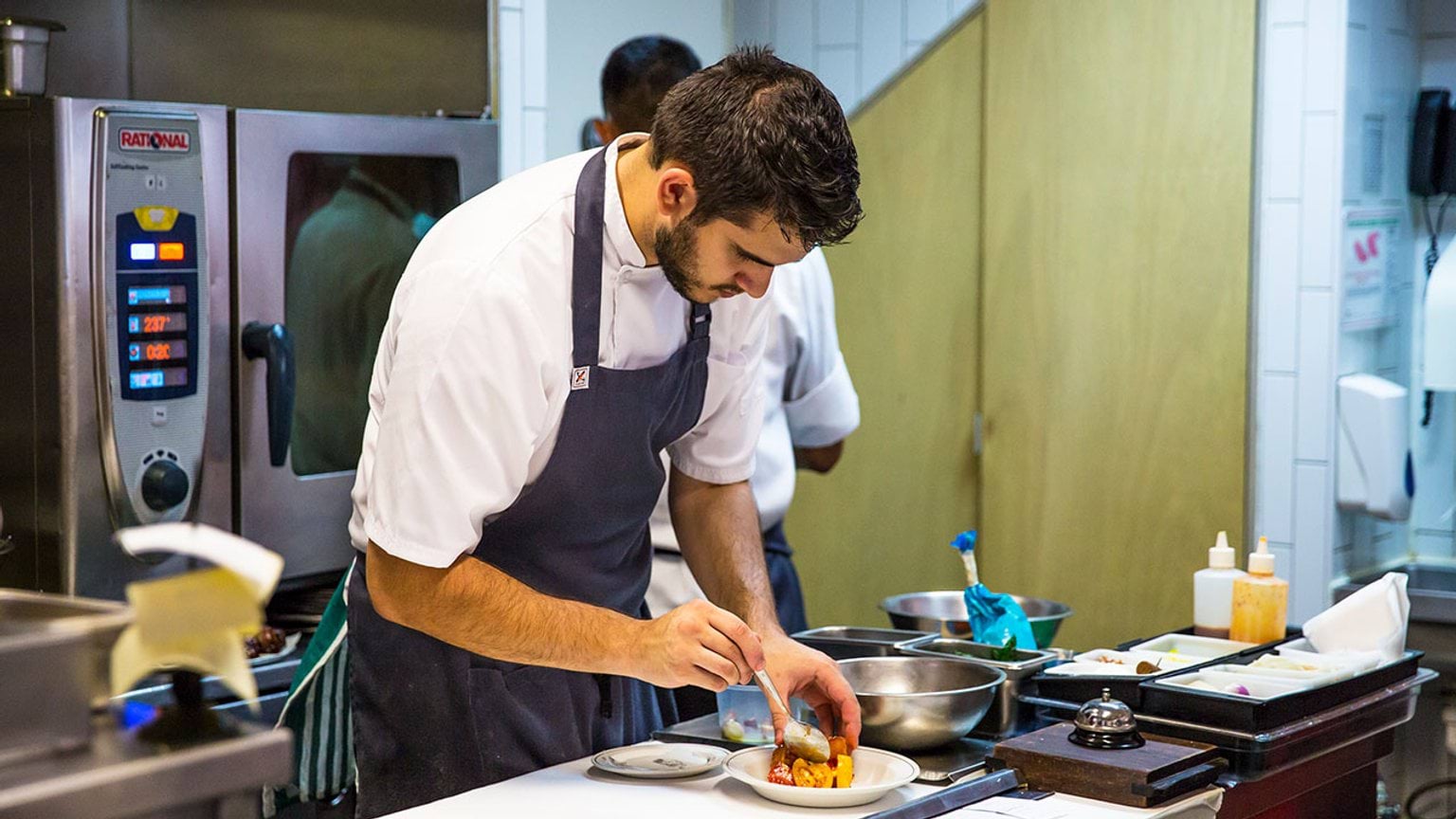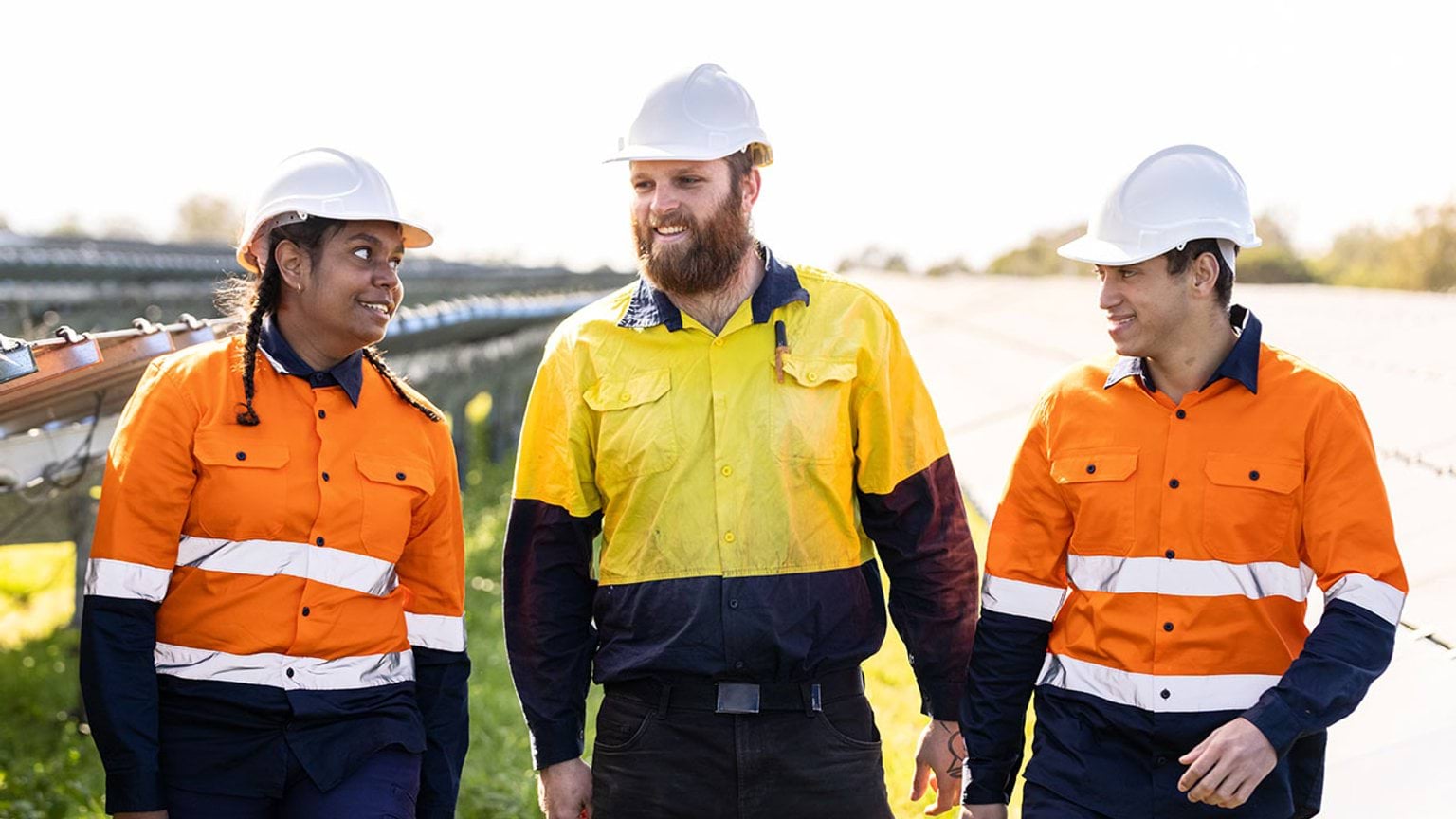People who work in the manufacturing industry work with products that may be used locally and abroad. If you’re good with machines, and like practical work, manufacturing could be for you. Leadership skills, and an interest in science and technology, can also help.
What people love about working in manufacturing
Here are some of the benefits of working in manufacturing:
- You can help create essential products that people use every day.
- You can upskill as you go. Manufacturing provides opportunities for career advancement when you’re already employed.
- There’s growing demand across Victoria, so you can enjoy flexibility and job security.
- The work is flexible, which means you can tailor your workload to suit your needs. There are opportunities for part-time, casual, full-time and shift work.
Where you can work
The manufacturing industry has a wide range of employers. For example, you could operate machinery at a factory, create metal parts for products, or package food products.
There have been major investments in Victoria in recent years, which is driving growth in advanced manufacturing. Jobs in new technologies, infrastructure and clean energy are growing. For example, you could develop products for wind turbines and energy plants.
Some of the manufacturing settings you could work in include:
- factories
- plants
- mills
- recycling plants
- clean energy manufacturing plants
- metal fabrication plants
- health product manufacturing plants
- food processing plants
- defence, aerospace and space manufacturing plants.
Median salary
The median weekly earnings for people who work in the manufacturing industry in Australia is $1,531.
Source: Jobs and Skills Australia(opens in a new window)
Note that this salary is current as of January 2025 and is indicative only. A range of salaries apply to different roles across the industry.
Job demand in Victoria
Below are employment projections for the manufacturing industry in Victoria. Figures show the number of workers in 2024 and the new workers expected to enter the workforce by 2027 and 2034.
‘New workers expected’ accounts for workers adding new jobs to the economy and replacing retirees over the next 3 and 10 years. These projections are estimates only. There will be additional jobs available as people move between jobs and industries.
| Region | Workers 2024 | New workers expected by 2027 | New workers expected by 2034 |
|---|---|---|---|
| Victoria | 260,243 | 17,212 | 57,929 |
| Melbourne – inner metropolitan | 18,222 | 1,328 | 3,823 |
| Melbourne – inner south-east metropolitan | 5,663 | 261 | 766 |
| Melbourne – southern metropolitan | 61,764 | 4,097 | 13,492 |
| Melbourne – northern metropolitan | 41,270 | 3,218 | 11,617 |
| Melbourne – eastern metropolitan | 43,355 | 2,344 | 7,885 |
| Melbourne – western metropolitan | 33,648 | 3,233 | 11,009 |
| Ballarat and surrounds (Central Highlands) | 6,334 | 358 | 1,161 |
| Bendigo, Echuca and surrounds (Loddon Campaspe) | 10,136 | 452 | 1,757 |
| Geelong, Colac and surrounds (Barwon) | 11,694 | 834 | 2,444 |
| Gippsland | 7,982 | 349 | 1,367 |
| Horsham and surrounds (Wimmera Southern Mallee) | 1,372 | 37 | 133 |
| Mildura, Swan Hill and surrounds (Mallee) | 2,632 | 85 | 280 |
| Shepparton, Seymour and surrounds (Goulburn) | 5,293 | 224 | 770 |
| Wangaratta, Wodonga and surrounds (Ovens Murray) | 6,702 | 256 | 977 |
| Warrnambool, Hamilton and surrounds (Great South Coast) | 4,176 | 134 | 446 |
Source: Victorian Skills Authority Employment Projections Dashboard
Resources to plan your next steps
Visit our manufacturing industry profile to find out about:
- what it’s like to work in manufacturing, and some of the jobs you could do
- training and skills to work in the industry, and financial assistance to help pay for your course
- help getting a job in manufacturing, and industry job projections for Victoria
- other free resources and advice to plan your training and career.
Career success story

Career gold mine: Greg’s tips to master a metal trade
“There’s a real shortage of skilled trades across the board. We’re looking for people who are mechanically minded. Manufacturing is an evolving industry, you can really be whatever you want to be.”
Explore growing industries in your region
Updated



